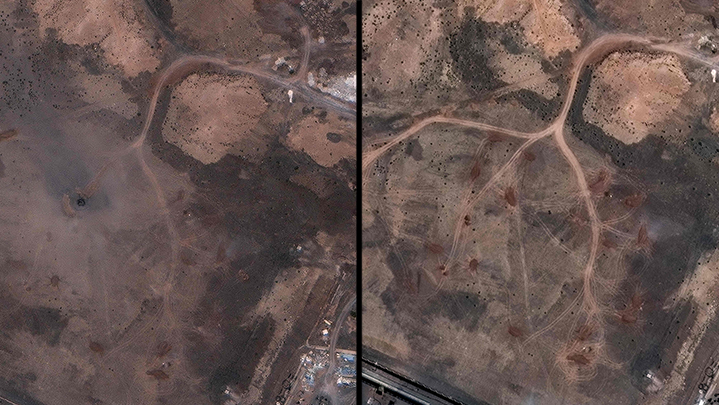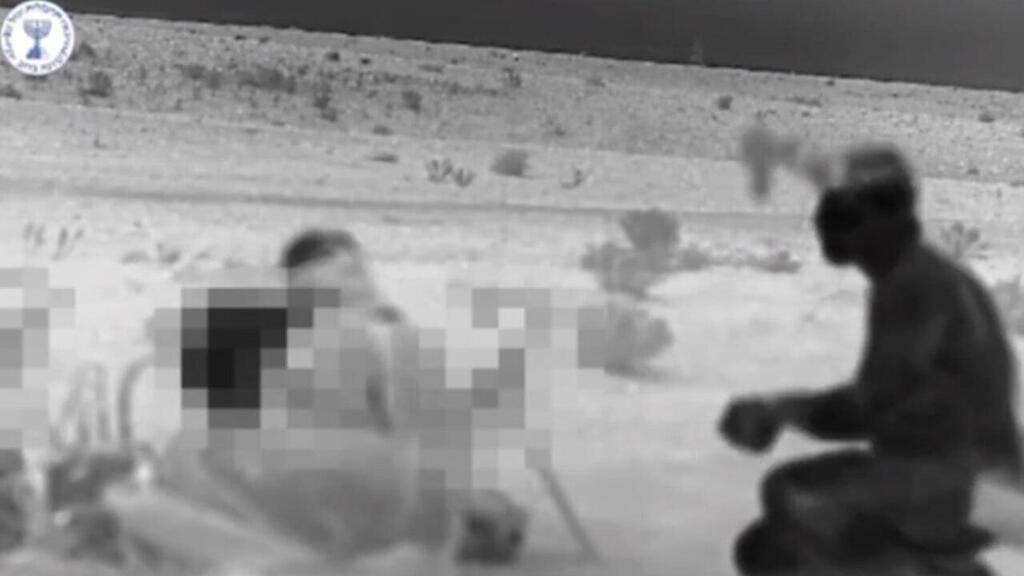The Israeli operation in Iran was remarkable, reportedly "inevitable," and effective to a degree that remains unclear.
It appears to have been carried out at an optimal time, when conditions had matured for executing the mission in the safest possible way for both the Israeli Air Force and the civilian home front.
For many years, Iran invested vast resources and long-term efforts in building a deterrence against Israel by means of proxies—chief among them Hezbollah—with the aim of discouraging any Israeli strike on its nuclear program.
However, the continued strikes by the IDF and the Mossad on these “tentacles of the octopus” have weakened Iran’s deterrent power and reduced the potential cost that could be inflicted on Israel’s home front.
The operation’s impressive opening move, executed by the Mossad, neutralized Iran’s air defense systems and opened a “fast and safe highway” through Iranian airspace—first for Israeli fighter jets, and possibly later for American aircraft as well.
The attack was approved amid fears that the Iranian nuclear program had reached a “point of no return.” The damage inflicted ranges from minimal to potentially total destruction:
At this stage, it is still unclear where exactly Iran stands on that spectrum, or what capabilities it retains.
Is enriched uranium still available? Are there other facilities that remain hidden? To what extent were critical “bottlenecks” of development and production—such as the weaponization group or planetary mixers essential for producing solid fuel—damaged?
2 View gallery


After and before U.S. strike on Natanz nuclear facility
(Photo: SATELLITE IMAGE ©2025 MAXAR TECHNOLOGIES / AFP)
At this moment, intelligence is being gathered to assess the full scope of the damage and to determine how long Iran might need to reconstruct.
In addition, it is not yet clear whether Iran will agree to return to negotiations, what terms such an agreement would include, and what operational leeway Israel would retain in the event of violations.
A direct Israeli strike on Iranian soil is no simple matter. We must not delude ourselves into thinking that a single impressive attack means we can repeat it whenever we choose.
This opening move relied on complex platforms developed over years, requiring immense effort and resources.
Get the Ynetnews app on your smartphone: Google Play: https://bit.ly/4eJ37pE | Apple App Store: https://bit.ly/3ZL7iNv
At the same time, international economic sanctions could prove to be an even more effective lever than before—preventing Iran from investing in reconstruction, procurement and the funding of terrorism.
Israel’s integration into a regional alliance with moderate Sunni states—led by Saudi Arabia—based on shared security interests, would significantly enhance Israel’s regional security and the prospects of preventing a nuclear Iran.
 Gail ShoreshPhoto: Adi Orny
Gail ShoreshPhoto: Adi OrnyThe current ceasefire is a meaningful tactical move.
But an agreement with Iran that includes strict oversight mechanisms, operational freedom for Israel, and participation in a regional coalition would constitute a vital strategic change.
Attorney Gail Shoresh is a former senior official at the Mossad, a representative in the Ramat Hasharon City Council and is in the executive committee of Forum Dvorah



